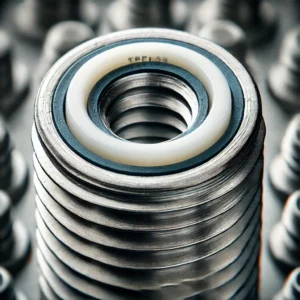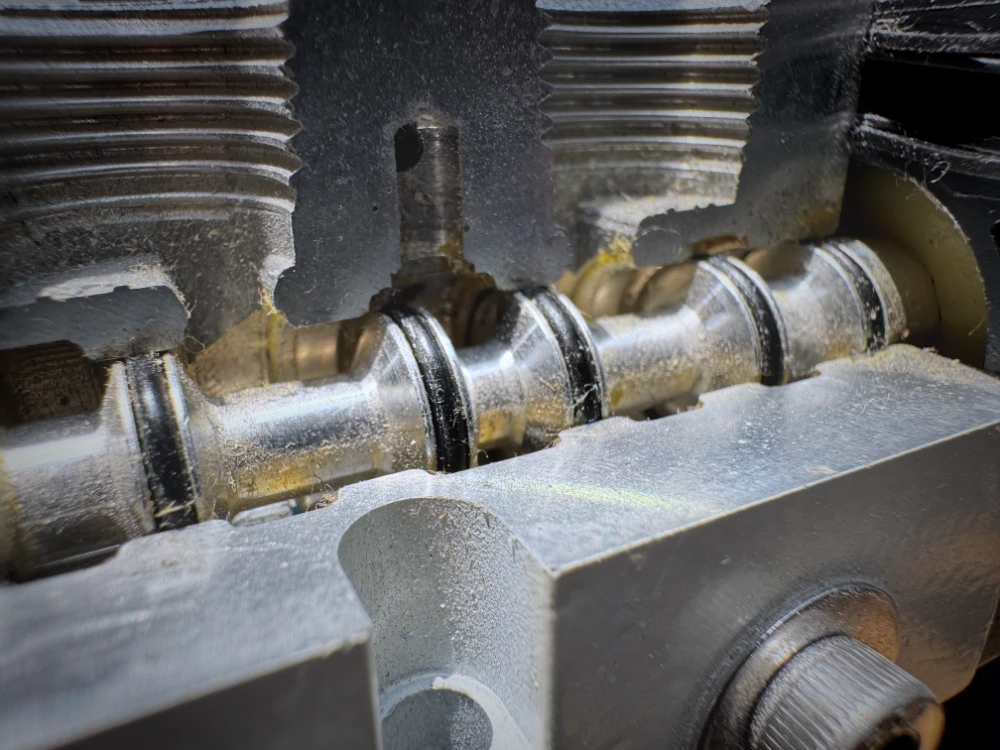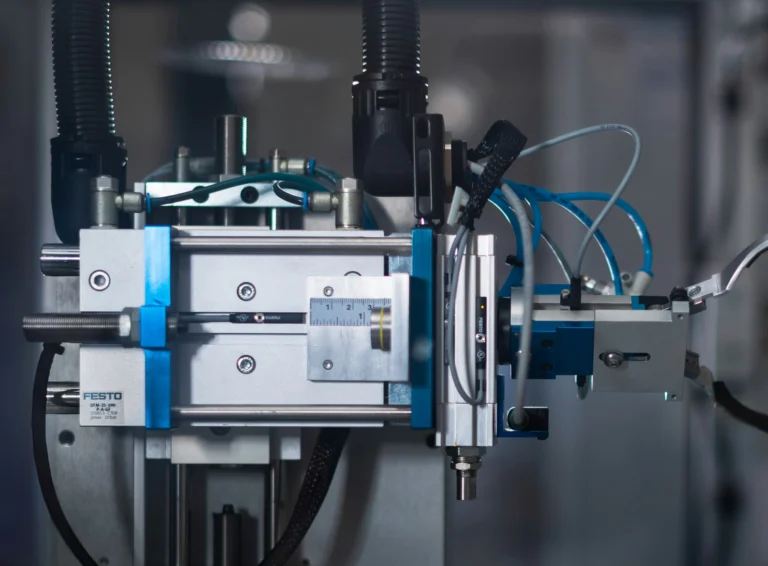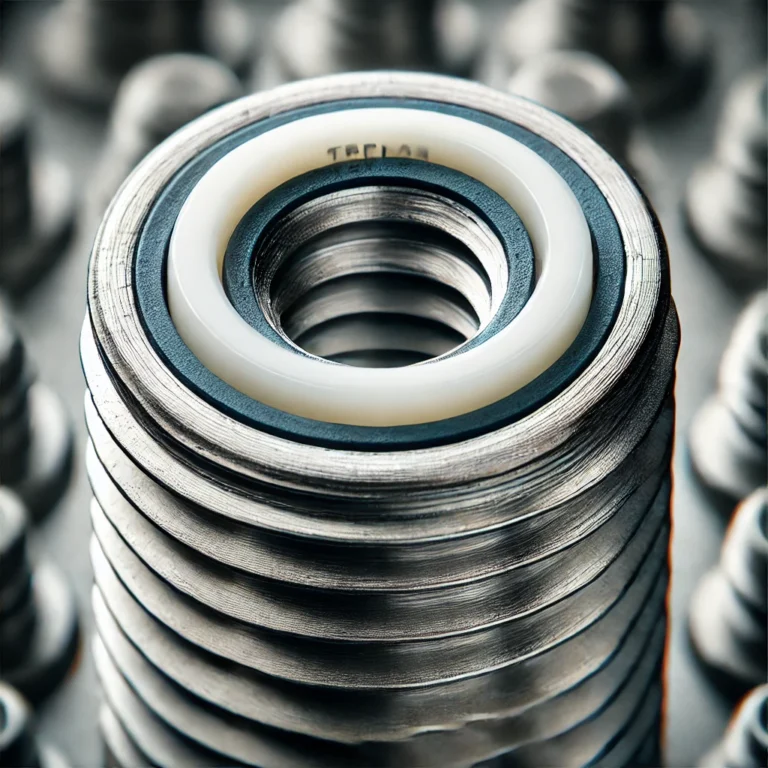What is a Pilot-Operated Solenoid Valve?
In a pneumatic system, a pilot-operated solenoid valve functions by using an electrical signal to control a pilot valve, which in turn regulates the main valve. Specifically, a spool-type valve consists of an internal spool (a sliding component) that moves to control airflow.
In simple terms, it is an automated valve that allows easy control of airflow using electrical signals.
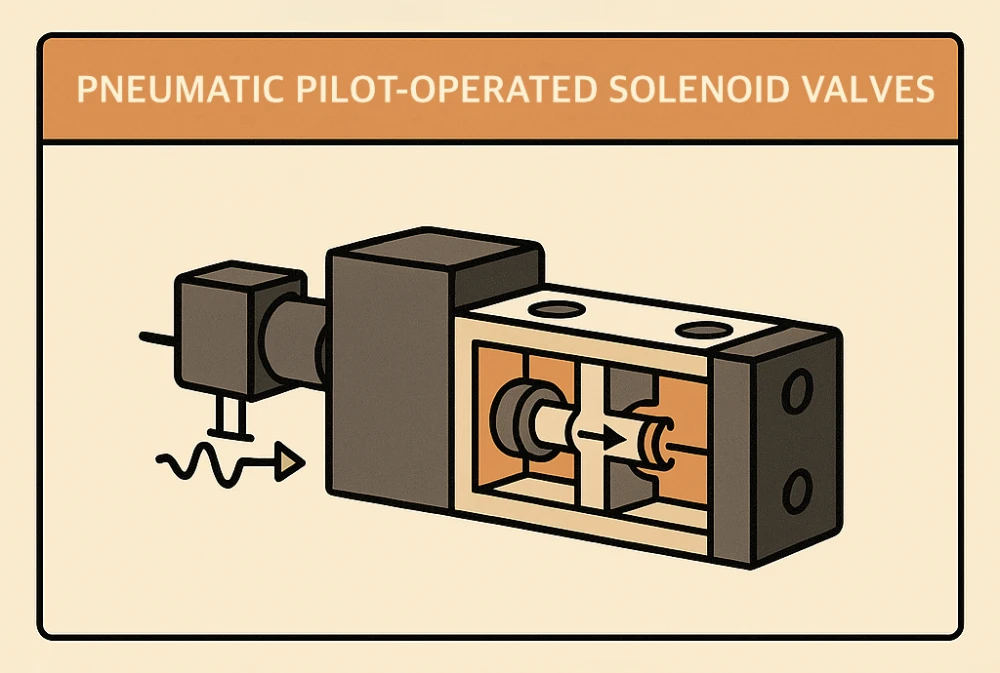
How It Works (Spool Type)
A pilot-operated solenoid valve consists of three main components
- Solenoid Coil – Receives an electrical signal and acts as an electromagnet.
- Pilot Valve – Uses a small pneumatic pressure to control the main valve.
- Spool Valve – Moves left or right to change airflow direction.
The working principle is as follows
- When an electrical signal is applied to the solenoid coil, it creates a magnetic field that opens the pilot valve.
- As the pilot valve opens, a small airflow moves the spool, which then regulates the main airflow.
- When the signal is turned off, a spring returns the spool to its original position, blocking or redirecting the airflow.
In essence, this setup enables fast and precise pneumatic flow control using only electrical signals.
Differences from Standard Valves
- Direct-acting solenoid valves directly open and close the valve using electrical signals, whereas pilot-operated solenoid valves utilize pilot air pressure to control a larger valve.
- This design allows a small solenoid coil to control high pneumatic pressure efficiently, reducing power consumption and increasing efficiency.
Applications
- Pneumatic Cylinder Control: Precise and rapid motion control in robotic arms, press machines, and automation equipment.
- Automotive Pneumatic Systems: Used in pneumatic brakes, transmissions, and other vehicle applications.
- Semiconductor & Precision Machinery: Enables automation control even in cleanroom environments.
Conclusion
A pilot-operated solenoid valve (spool type) is a key component for precisely controlling pneumatic flow using electrical signals. It is widely used in automation systems due to its high efficiency and fast response. In future discussions, we will explore real-world applications and maintenance methods in greater detail!



